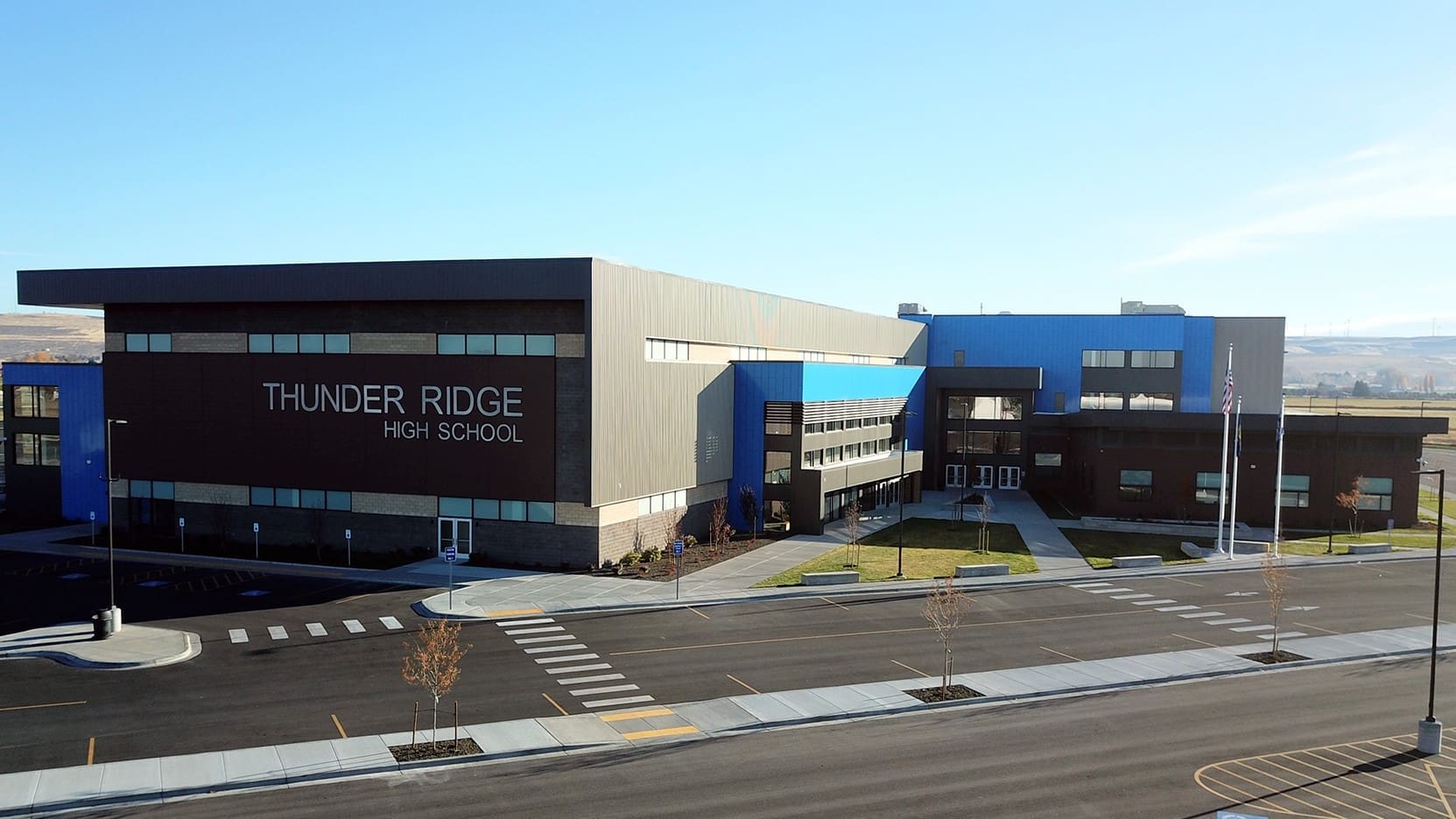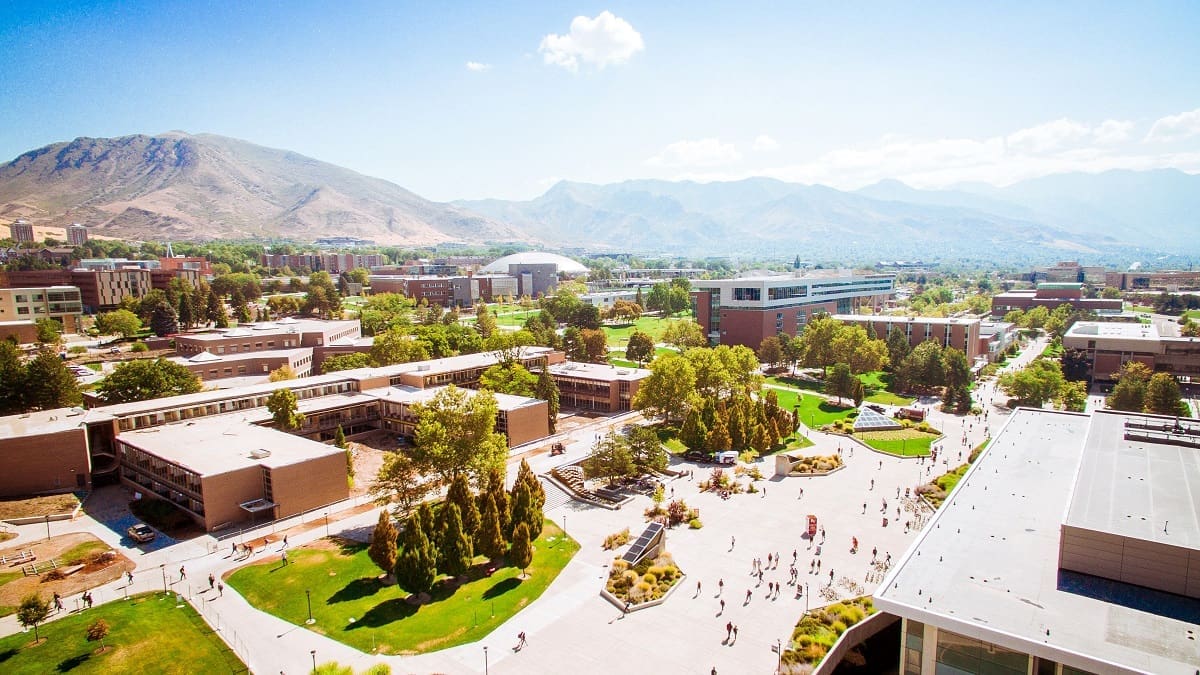Education
Passive Optical LAN unifies and extends networks inside classrooms, and across campuses, which ultimately improves connectivity demands for better student learning – all while lowering costs for school administrators.
The smart choice for educators
Connectivity drives life on campuses. Students, teachers, professors, administrators and support staff rely on secure, stable networks for learning, collaborating, campus management and so much more. However, constant funding pressures can make it difficult to meet growing demand for network resources.
Tellabs Optical LAN solution offers a cost-effective way to unify and grow networks across schools, colleges, universities and local communities to offer ultra-fast broadband services while lowering operating costs and reducing energy consumption. Plus, the fiber-based solution easily scales and adapts to support next-generation technologies.
Quick Facts
- Reduces operating costs with fewer electronics moving parts
- Network intelligence and management is centralized
- Requires fewer IT resources to maintain campus-wide services
- Easily interconnect far-reaching campus buildings
- Helps schools achieve sustainability goals
- Significantly reduces energy, plastics and other materials
A better network for Schools, Colleges and Universities
People
Our Optical LAN solution enables school administrators to reduce IT budgets by deploying an established technology that provides LAN simplification and scalability. The IT staff charged with maintaining the schools’ networks see greater operational efficiencies, network uptime and security with Optical LANs. Faculty and students enjoy high performance, high availability access to wired, Wi-Fi (over OLAN) and DAS services (over fiber) from school equipment and their own laptops, smartphones, tablets and other devices.
Network
Fiber cable has no known bandwidth limits or obsolescence horizon, so today’s investment in fiber cabling for both LAN and WAN infrastructures is protected. Optical LAN’s superior reach can cost-effectively extend broadband services across a campus as well as local communities and neighboring anchor institutes. The architecture of the Passive Optical LAN eliminates telecom rooms, reduces LAN mid-span electronics, purges cabling and materials, which ultimately helps meet sustainability goals. With Optical LAN’s centralized intelligence and management, the network is simplified and IT skill-set and head-count reductions can be balanced. The network also provides the best possible performance for campus services and applications such as VoIP, unified communications, eLearning, scientific research, Wi-Fi, DAS, building automation, campus safety, security, surveillance, and all forms of video.
Operations
Optical LANs easily scale to keep pace with growing demand for data services and technology advancements. They are also a highly secure network to protect credit card transactions (PCI compliance), campus healthcare facilities (HIPAA compliance), student records and other confidential information. Optical LANs are well-suited to handle diverse and wide-ranging services and applications that are critical for aspects of campuses, such as classrooms, labs, faculty offices, libraries, study spaces, recreational areas, sports facilities, stadiums, outdoor areas, healthcare facilities, cafes, restaurants, book stores, conference centers and student housing.
Best choice for accelerating high-speed connectivity
Tellabs Optical LAN provides the best business case for accelerating the deployment of high-speed networks for schools, colleges, universities, affiliated facilities and local communities. These fiber-based networks power the connectivity that drives campus life in a lower cost, environmentally responsible way while positioning higher education institutions to easily adapt and scale services as demand grows and new technologies are introduced.
Looking for more information?
If you still need additional details, and even greater technical explanation, then click on the “Download White Paper” button below to access our comprehensive school solution white paper.




